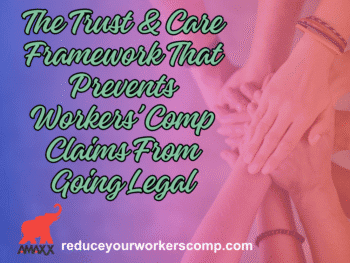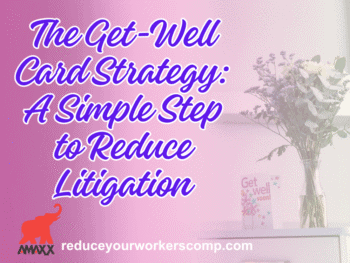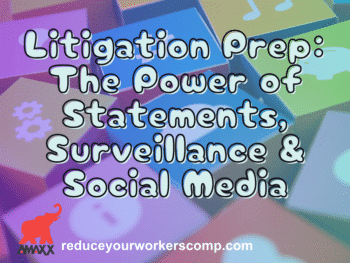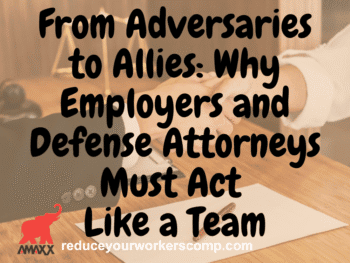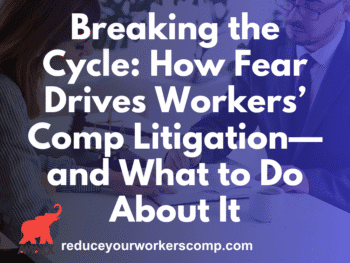Learn to recognize settlement opportunities and strike while the iron is hot. If you’ve seen those big, expensive “old-dog” files you’d probably agree there’s nearly always a point in the life of the file when if only the claim representative recognized the settlement opportunity and negotiated, the file would have closed long ago.
Click Link to Access Free PDF Download
“Avoid the 3 Primary Reasons Injured Workers’ Hire Attorneys”
How are those opportunities recognized? Less complex injuries are generally easier to settle. Don’t hesitate to be aggressive about making an offer once the claim is positioned for settlement and all necessary criteria in your jurisdiction, such as MMI have been reached.
Experienced claim representatives know what cases are worth and defense counsel is also instrumental in the process of establishing trial value for litigated claims. Determine the settlement range and extend your initial offer to the injured employee before legal representation is sought when possible.
Explain the entire process to the injured employee so each step is understood and inform the employee of safeguards built into the system preventing employees from being taken advantage of, such as judges responsible for making sure settlements are fair.
Once it’s determined the claim involves permanency or a settlement, it’s never too early to initiate a dialogue with the injured worker about the settlement process. Take the mystery out of it, educate the injured worker and you might save costs. Listen to the injured worker, if he or she discusses a need for funds, take that opportunity and make it a win-win situation.
Older cases are often more challenging. Watch for a lull in activity. Maybe the injured worker recovered from a surgery, went back to work and bills for medication and office visits have dwindled. That’s a good opportunity to put an offer on the table that a few months prior perhaps may have been rejected.
Claims with developing disputes also create settlement opportunity. Perhaps it’s come to light that the current treatment is not causally related to the initial injury or an IME physician opined that the injured employee’s condition is not compensable. There are certainly times when it’s best to “dig-in your heels” and fully litigate a claim but there are also times when it makes more sense to consider the odds of ultimately prevailing, the costs involve. Use those values to consider a settlement range.
The bottom line is to stay on top of the claim, prepare the injured worker so he or she knows what to expect in terms of settlement and go for it!
Author Robert Elliott, executive vice president, Amaxx Risks Solutions, Inc. has worked successfully for 20 years with many industries to reduce Workers’ Compensation costs, including airlines, health care, manufacturing, printing/publishing, pharmaceuticals, retail, hospitality and manufacturing. He can be contacted at: Robert_Elliott@ReduceYourWorkersComp.com or 860-553-6604.
©2010 Amaxx Risk Solutions, Inc. All rights reserved under International Copyright Law. If you would like permission to reprint this material, contact Info@ ReduceYourWorkersComp.com.



